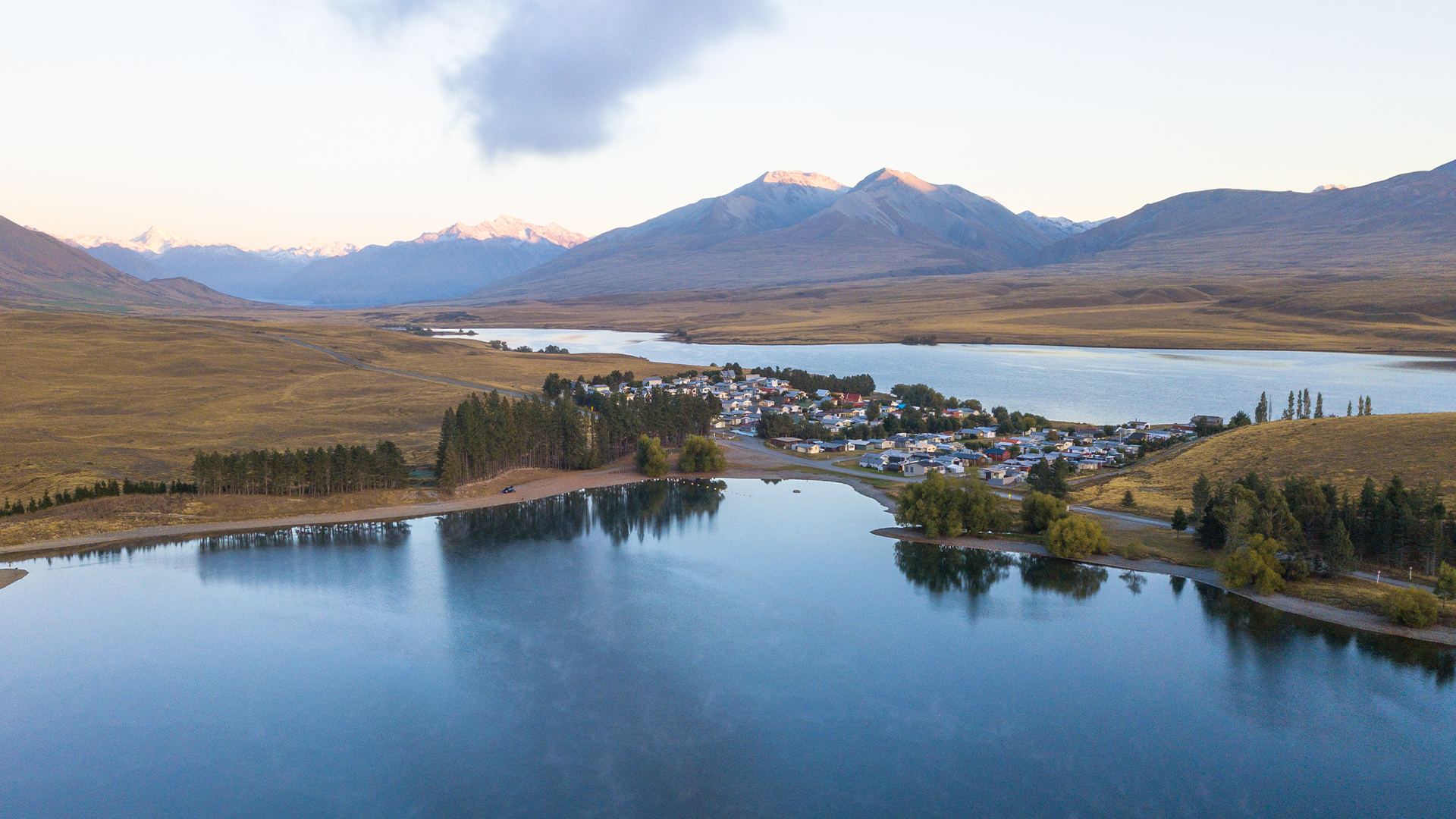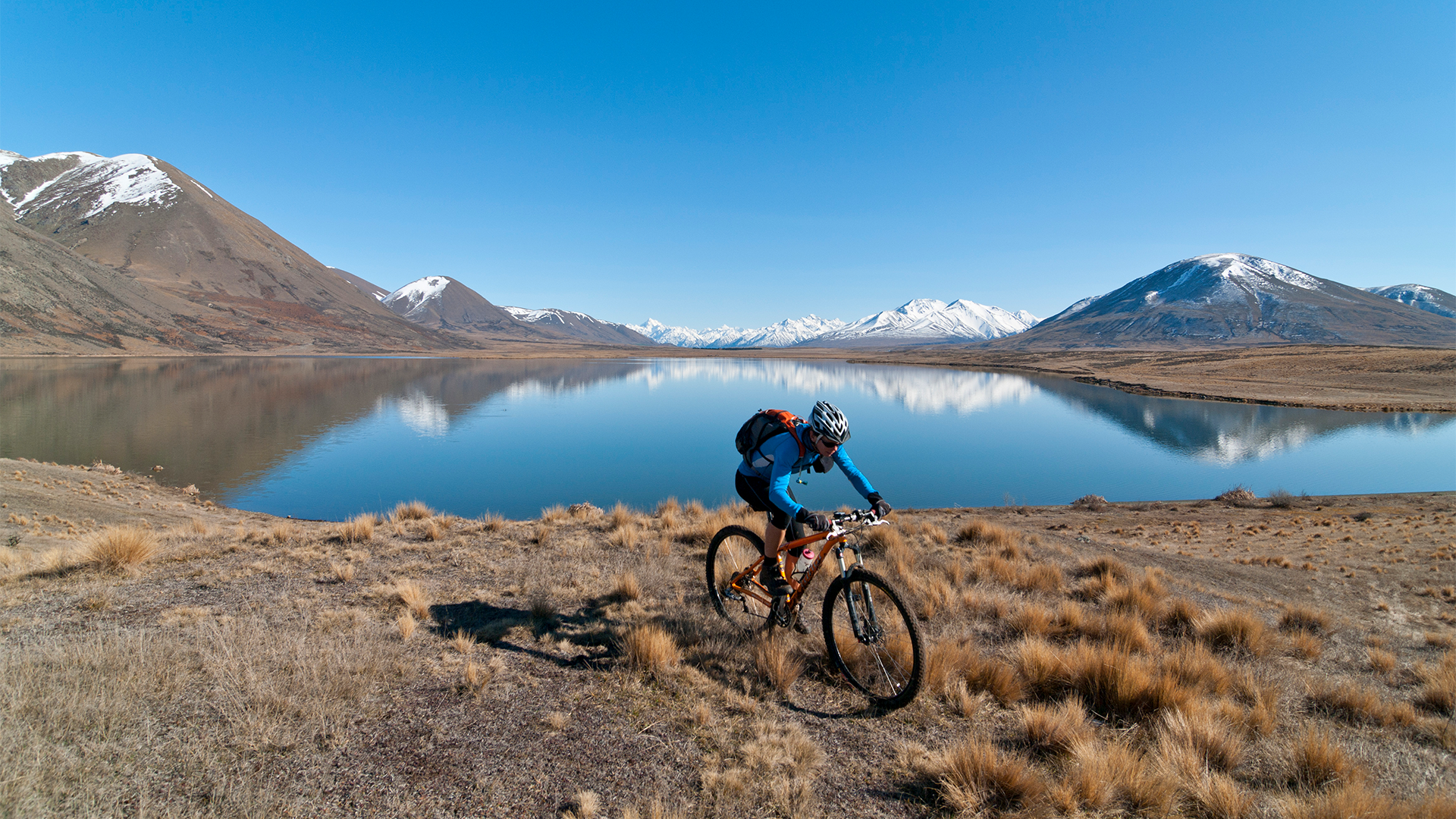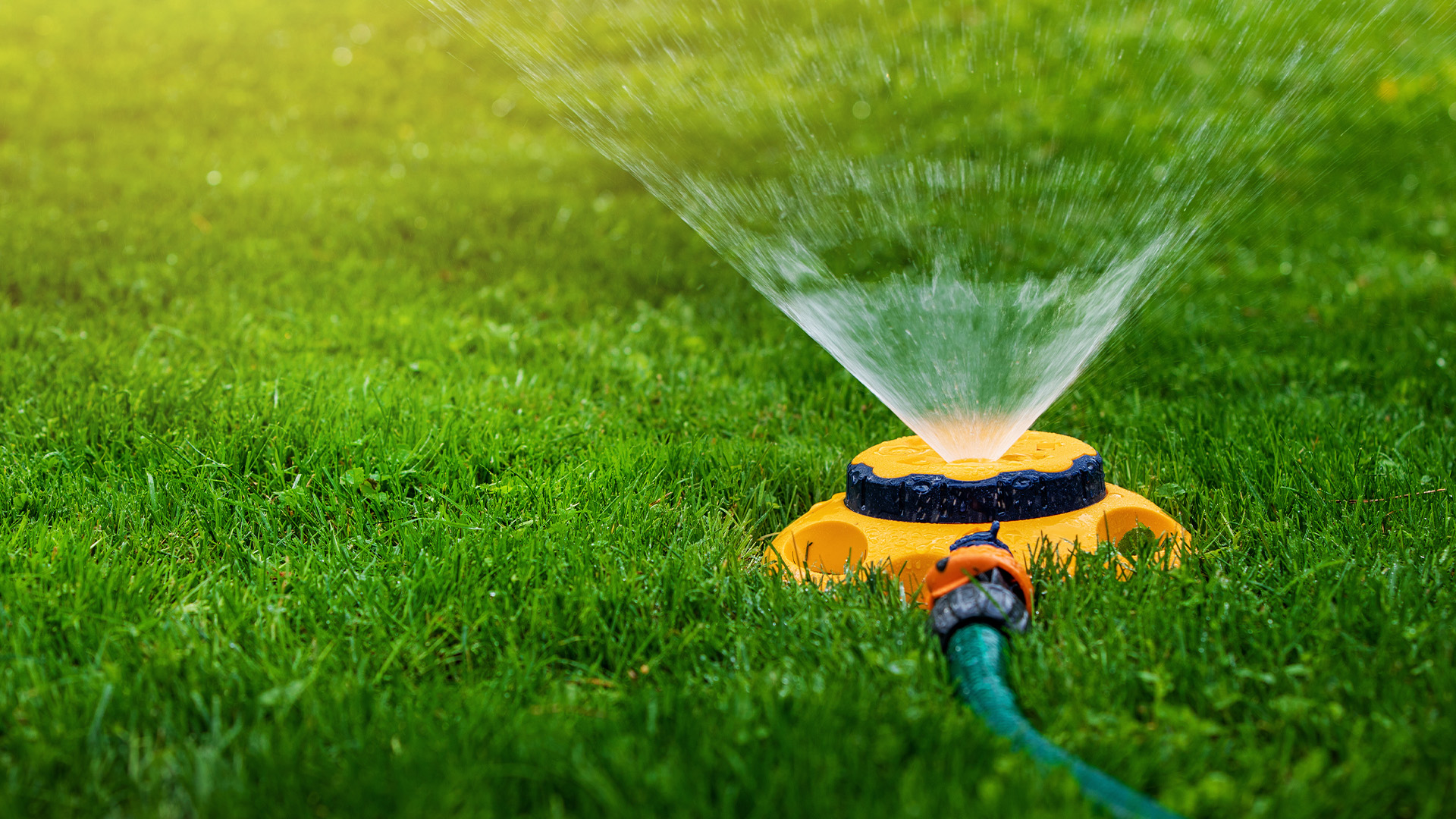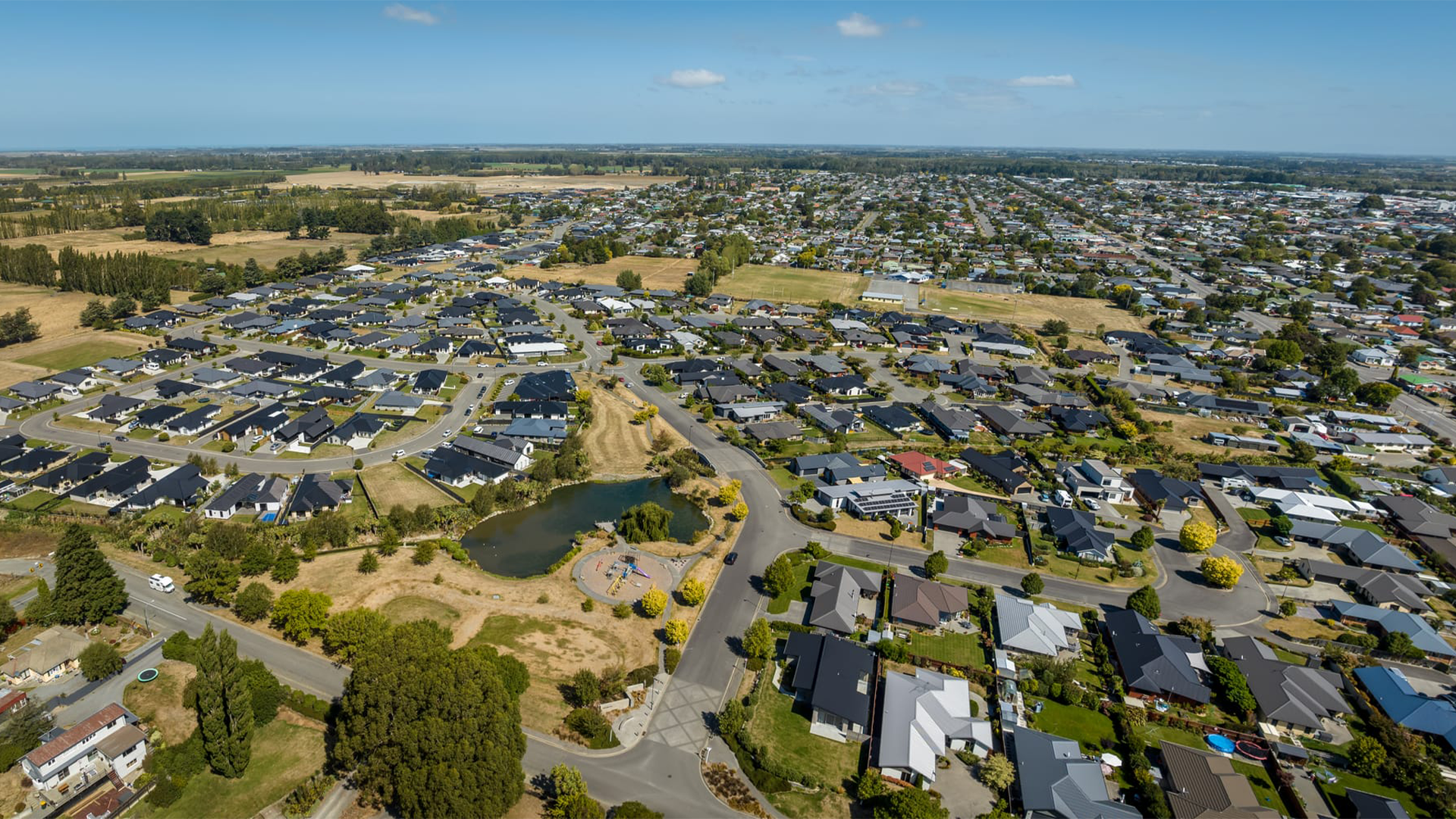Civil Defence: When El Niño turns up the heat
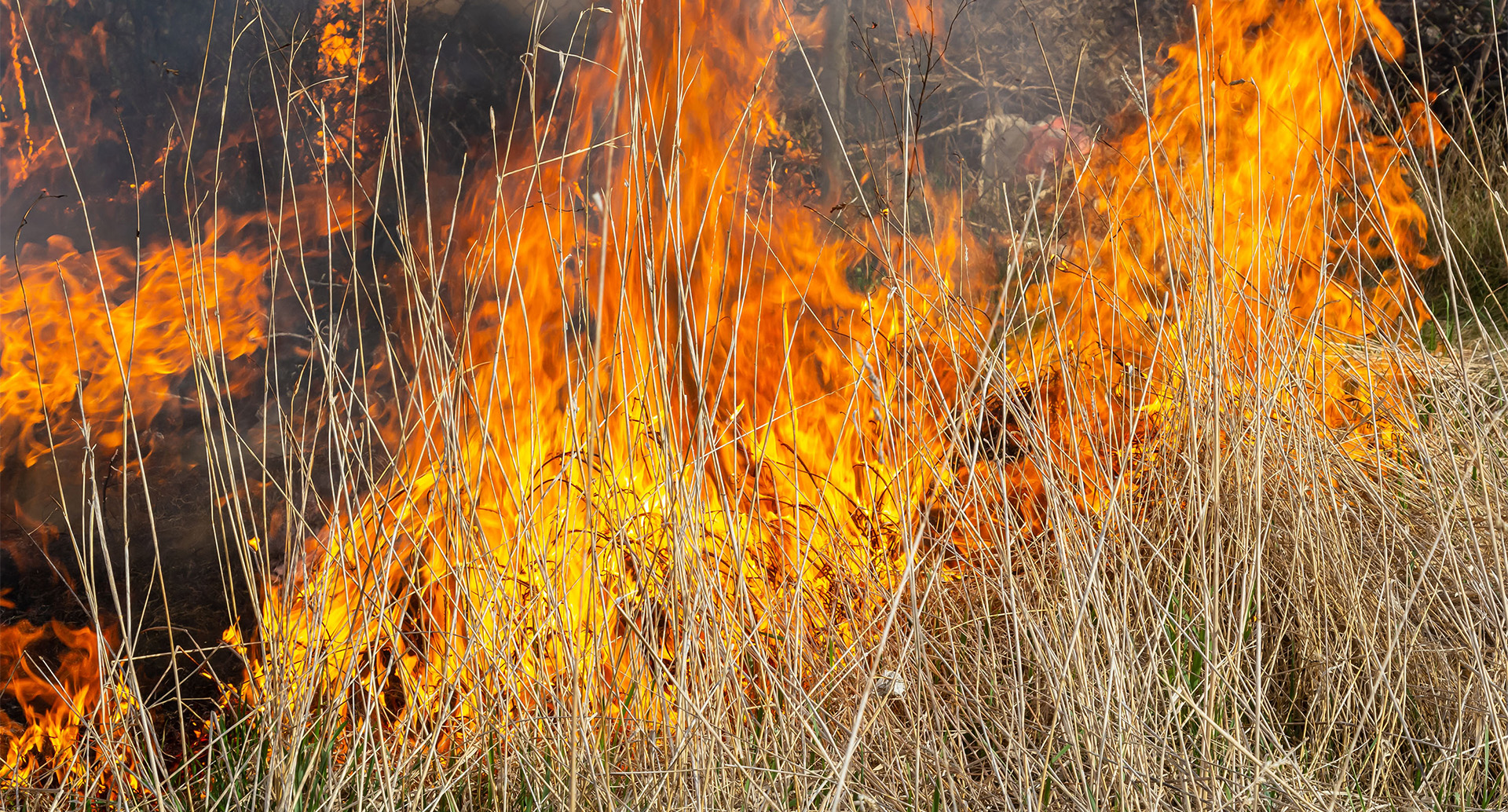
By Emergency Management Officer JIm Henderson
As we enter the hottest part of summer, I wanted to take the opportunity to discuss El Niño from a Civil Defence perspective.
This is New Zealand’s first El Niño since 2016, and while it’s just one driver for our weather (in fact it accounts for less than 25% of annual variance in seasonal rainfall and temperature), it typically leads to drier and hotter conditions for those of us living on the east coast of the South Island.
This presents Mid Canterbury with the heightened risk of drought, fire and variable weather, and as with a lot of our weather, it’s amplified by the impacts of climate change, which further reduces predictability.
All of which means, it pays to be prepared. Since spring last year, farmers and agribusinesses have been encouraged to plan for an El Niño summer. Our farmers are well experienced at dealing with dry and drought conditions, and there’s a wealth of advice around feed, stock welfare and irrigation on MPI’s website at mpi.govt.nz
The key thing to remember is that there’s plenty of support available. Our local Rural Support Trust are brilliant and can confidentially connect you with the services you need, whether it's financial and business advice or health services – Freephone 0800 78 72 54.
It’s likely that you’ll see the Council sharing heat warnings from Te Whatu Ora - Health New Zealand. While it may seem silly to warn people about hot weather during the middle of summer, these warnings are typically released when either the heat may arrive unexpectedly, or we’re forecasted to get a series of hot days and evenings in a row.
Everyone needs to watch for signs of heat exposure, symptoms can include heat rash, heat cramps, sunburn, heat exhaustion or heatstroke/sunstroke. Some people are at greater risk than others, particularly those over 65 years of age, those with a serious or long-term illness and of course people who spend a lot of time outdoors. So, on the hotter days, please check in on the people around you that may be vulnerable.
Key things you can do to protect yourself include limiting physical activity during the heat of the day, staying hydrated and sticking to the shade. You can find more information about the effects of heat on health and how to treat them at health.govt.nz
The heat can also be rough on our animals. Make sure your pets are kept indoors or in shade, and never leave them in a vehicle or restrained in direct sun.
Finally, let’s give our fire volunteers some time off. Around 98 per cent of wildfires in New Zealand are started by people. Visit Fire and Emergency's checkitsalright.nz website for safety tips, and to check whether you’ll need a fire permit.
Additionally, on high-risk days, try to avoid or delay activities that can cause sparks, such as mowing, welding and grinding. As always, if you see smoke or fire and believe there’s a risk to people or property, call 111 immediately and ask for ‘fire’.
This column by Council's Emergency Management Officer Jim Henderson first appeared in the Ashburton Courier in January 2024
Share this article
Latest News
Explore the wonder of Ashburton Lakes
Campaign pitches Mid Canterbury as NZ's most undiscovered destination
Summer calls for family adventures in Mid Canterbury
Council services over the 2025-26 holiday period
Our wrap on Christmas rubbish
Road Closures
THOMPSONS TRACK
from 12 Jan 7:00 to 31 Mar 18:00
MAYFIELD VALETTA ROAD
from 12 Jan 8:00 to 28 Feb 18:00
WINTERS ROAD
from 13 Jan 7:00 to 3 Feb 18:00
WALNUT AVENUE
from 6 Dec 10:00 to 6 Dec 15:00
View all Road Closures | Live map
